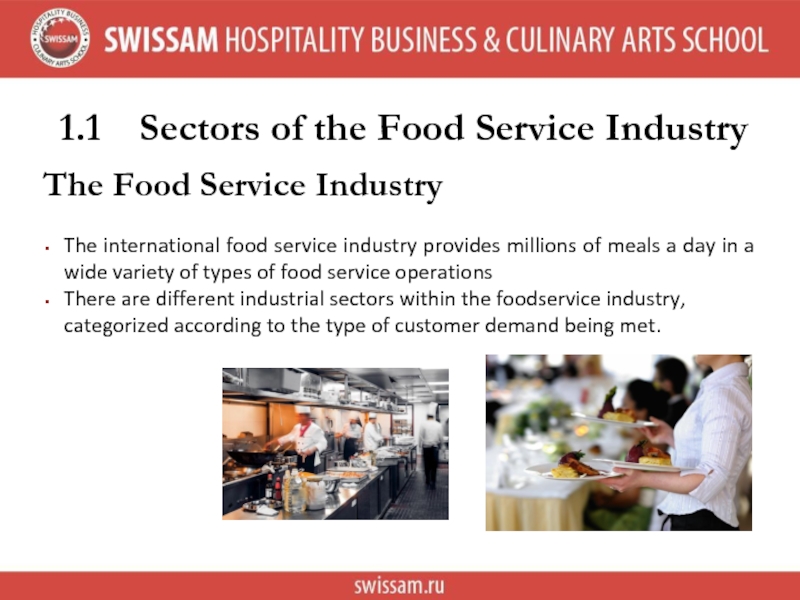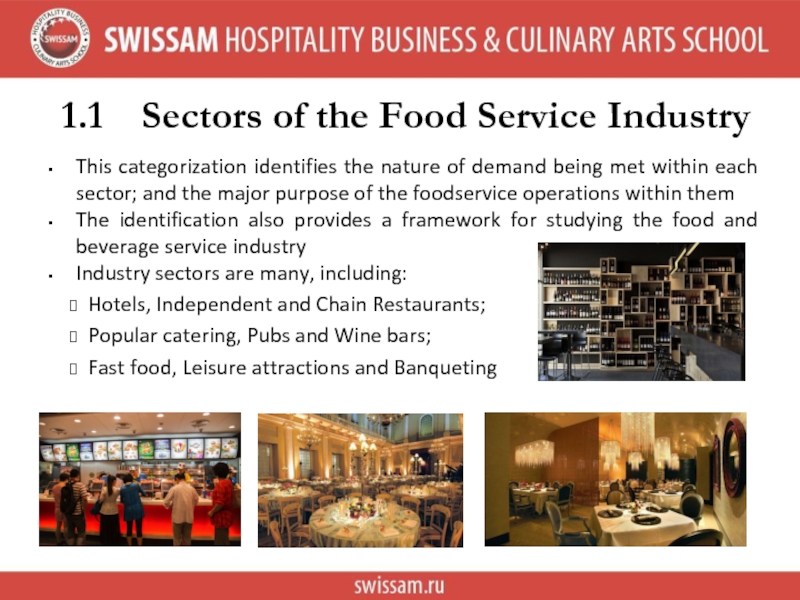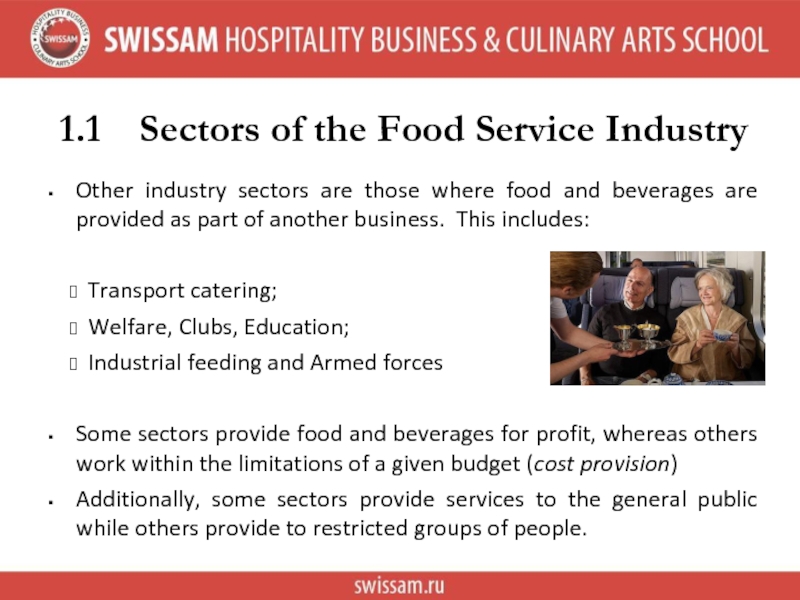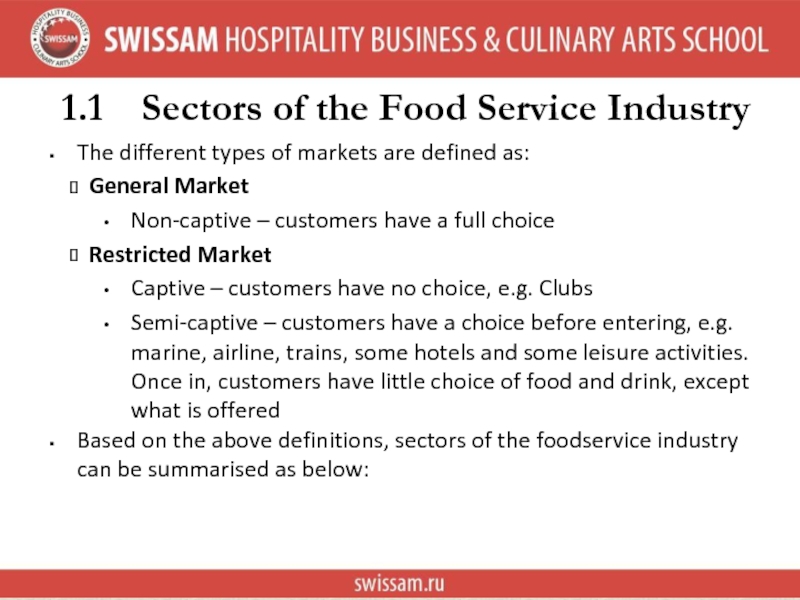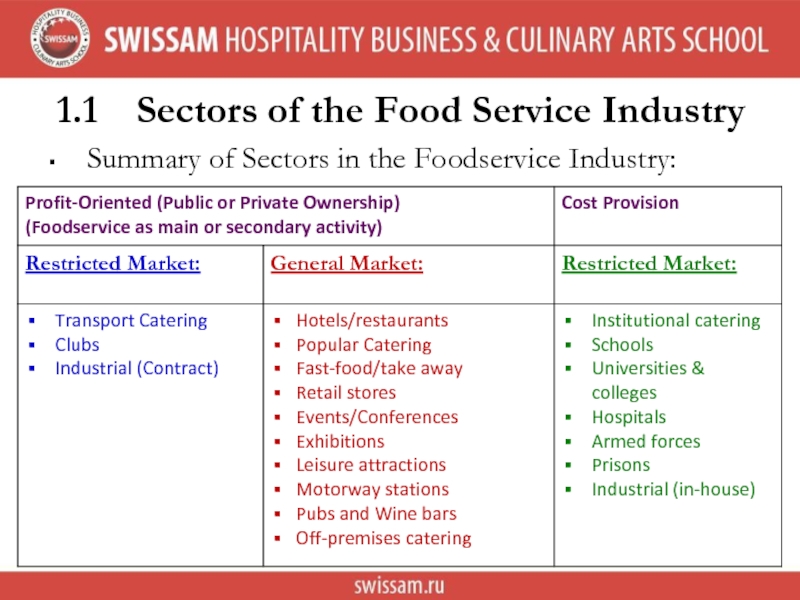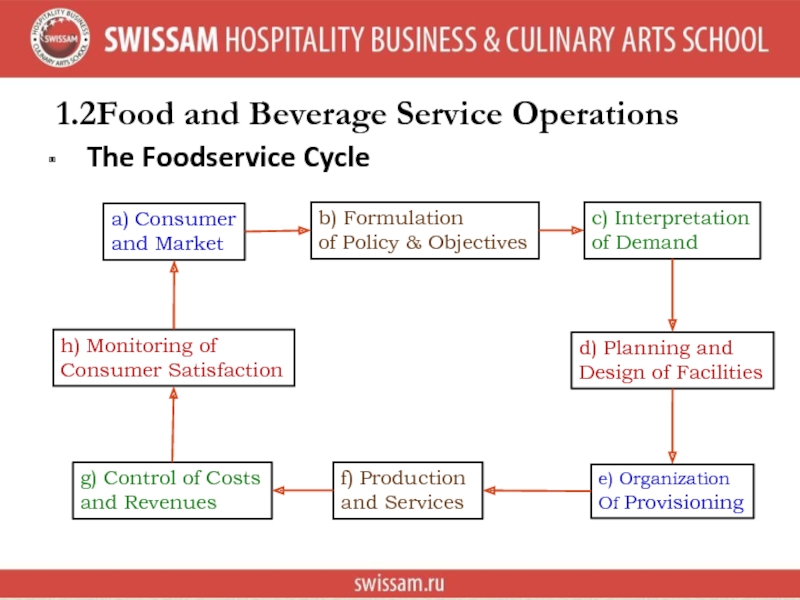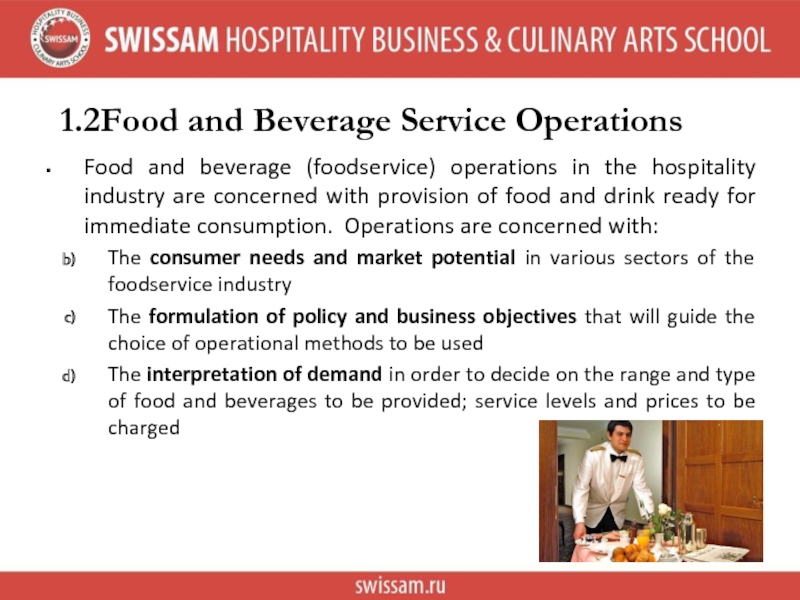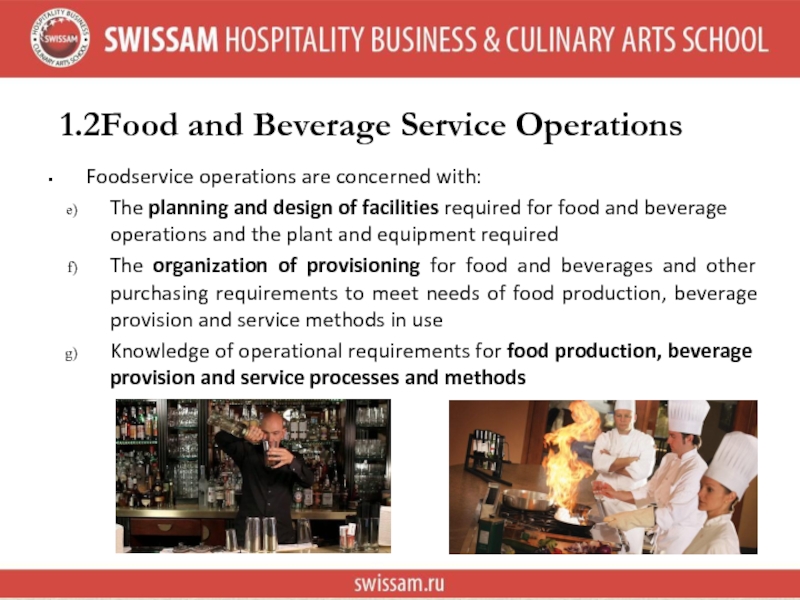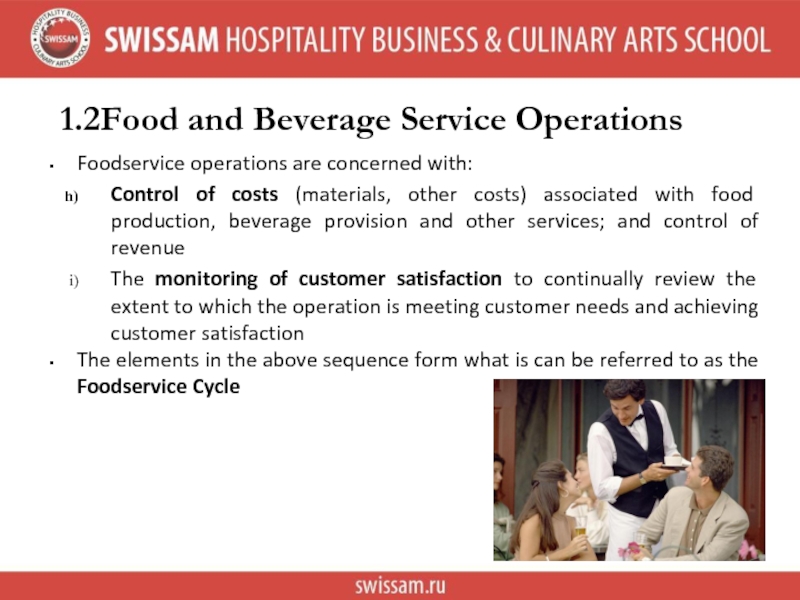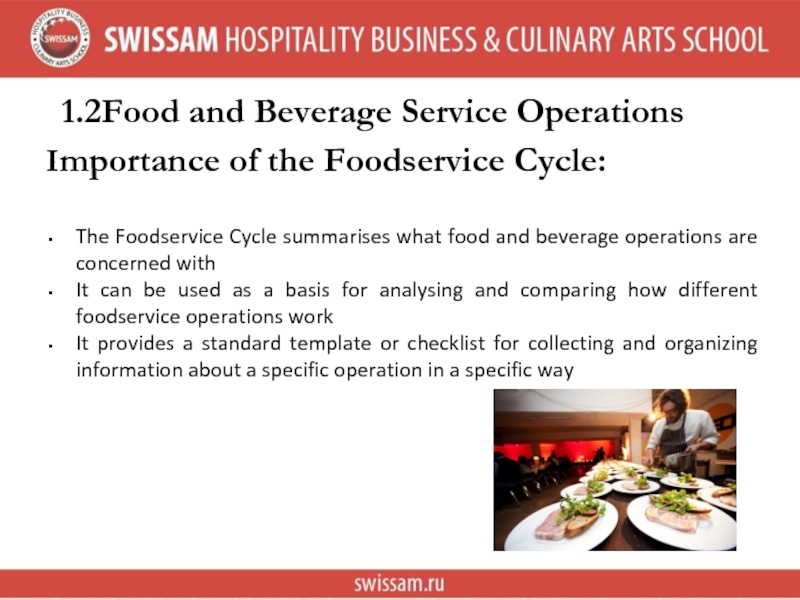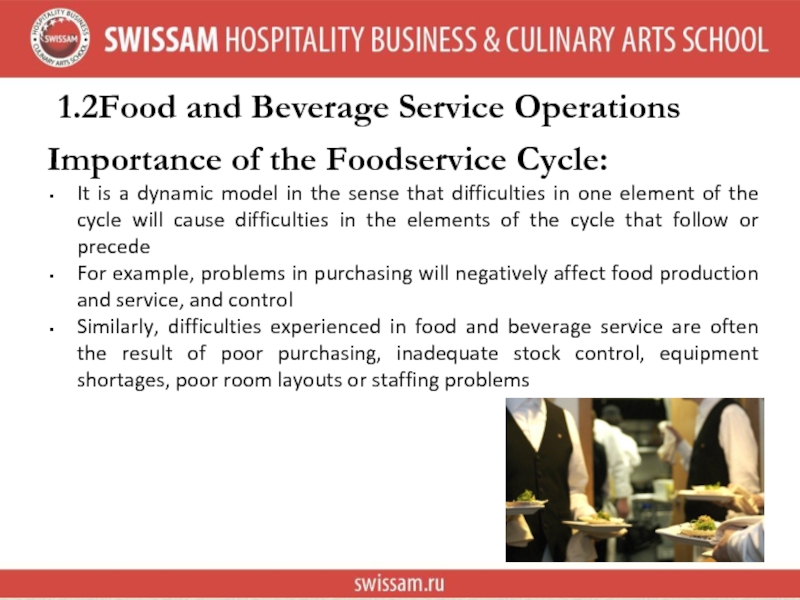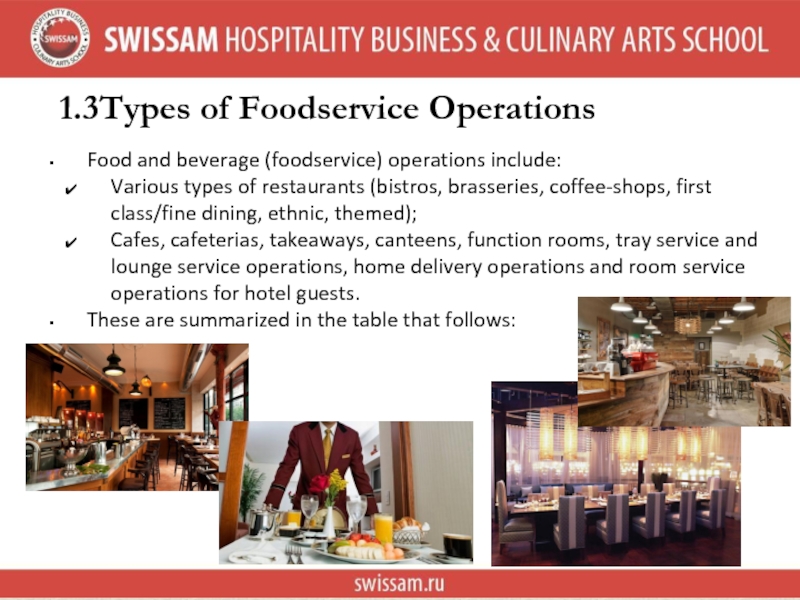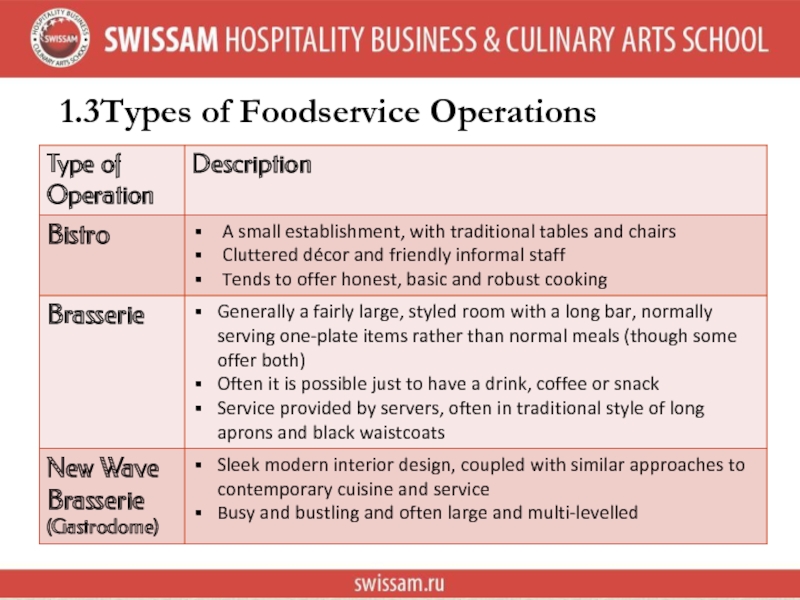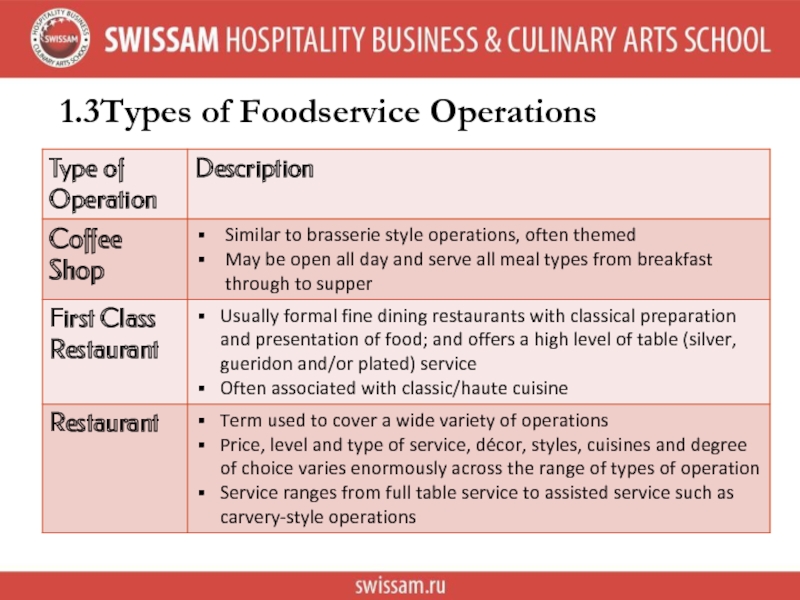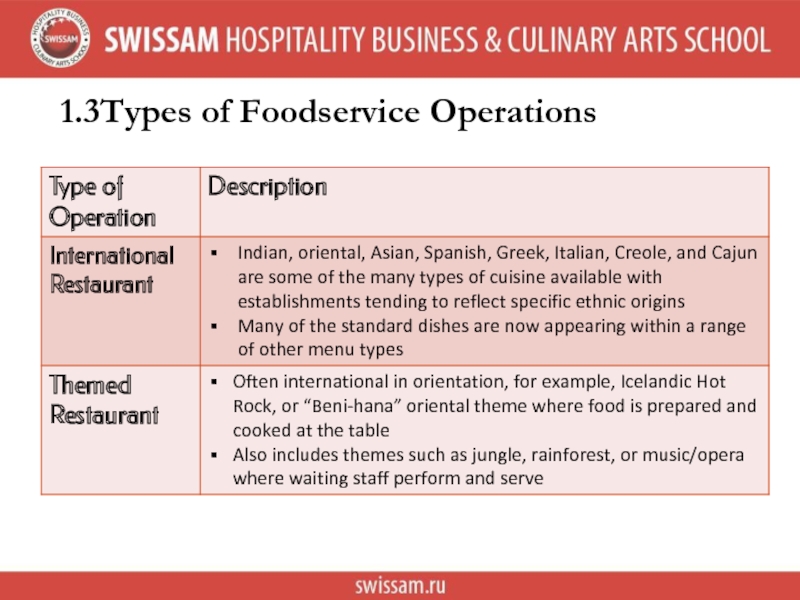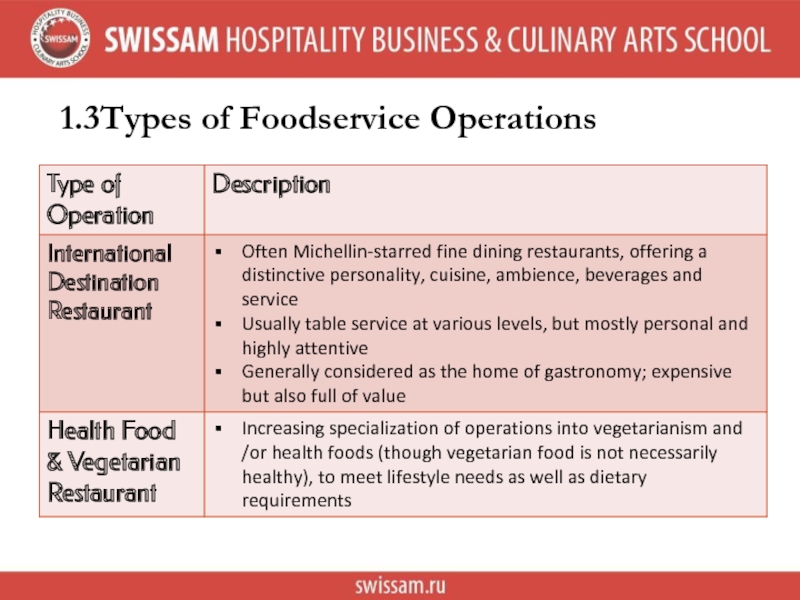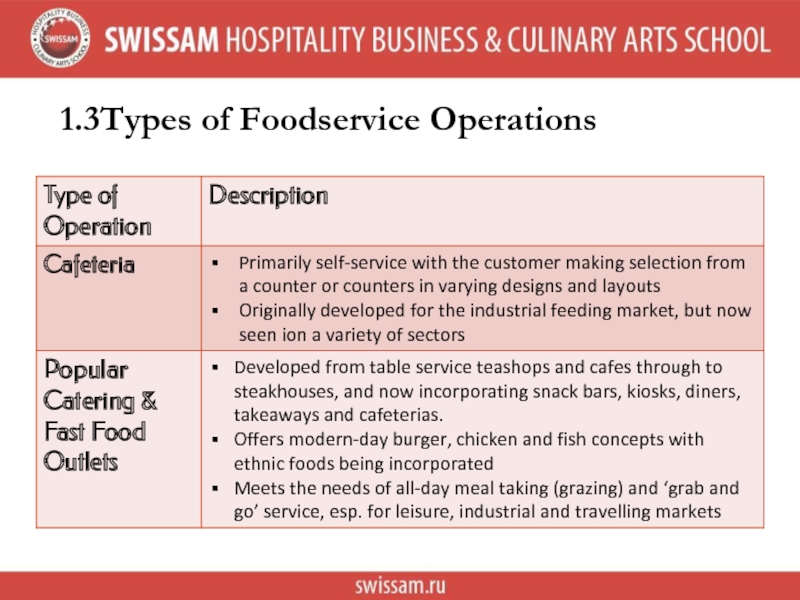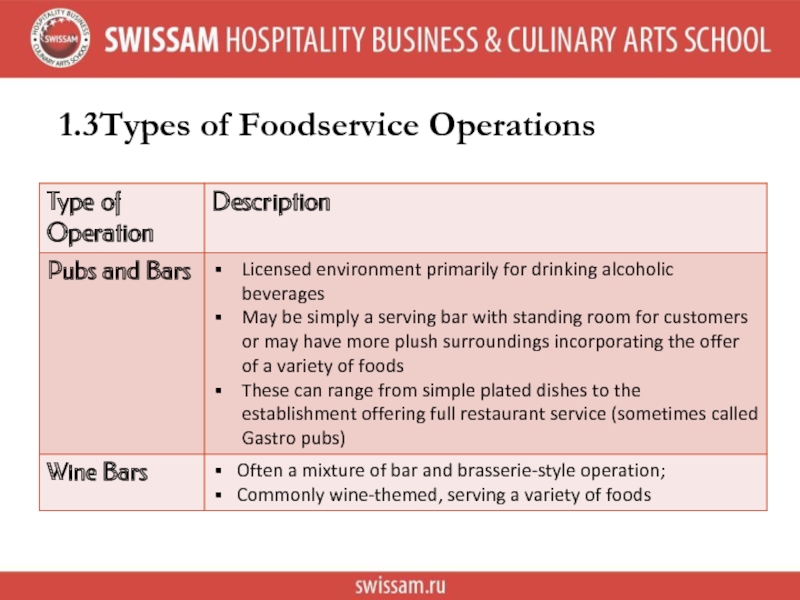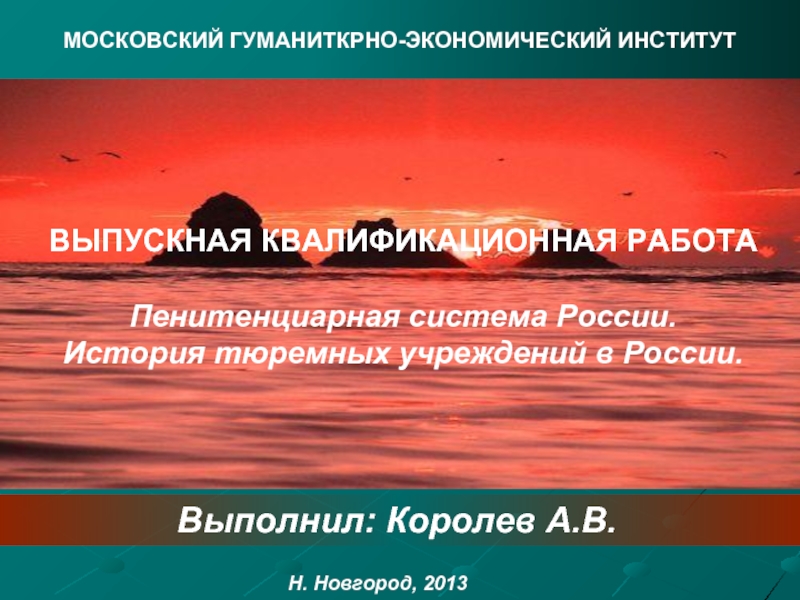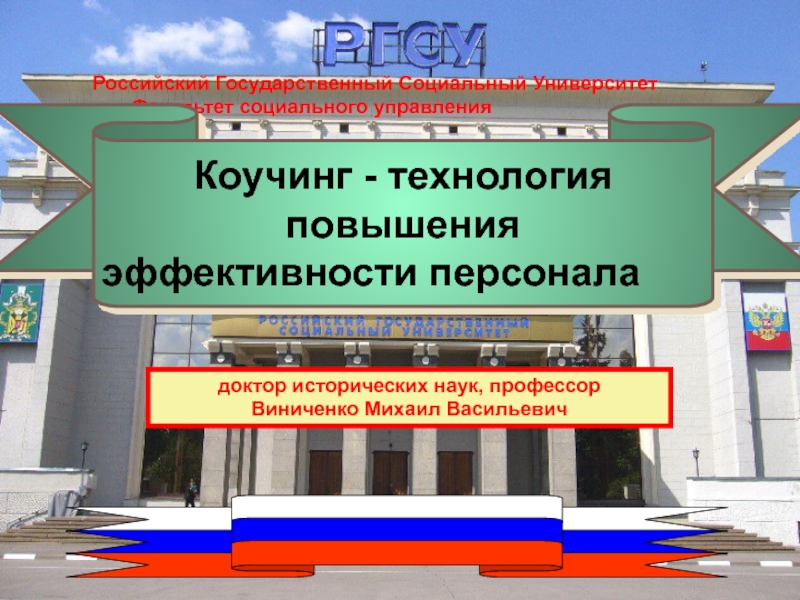FOOD & BEVERAGE MANAGEMENT
- Главная
- Разное
- Дизайн
- Бизнес и предпринимательство
- Аналитика
- Образование
- Развлечения
- Красота и здоровье
- Финансы
- Государство
- Путешествия
- Спорт
- Недвижимость
- Армия
- Графика
- Культурология
- Еда и кулинария
- Лингвистика
- Английский язык
- Астрономия
- Алгебра
- Биология
- География
- Детские презентации
- Информатика
- История
- Литература
- Маркетинг
- Математика
- Медицина
- Менеджмент
- Музыка
- МХК
- Немецкий язык
- ОБЖ
- Обществознание
- Окружающий мир
- Педагогика
- Русский язык
- Технология
- Физика
- Философия
- Химия
- Шаблоны, картинки для презентаций
- Экология
- Экономика
- Юриспруденция
Introduction to food & beverage service. Sectors of the Food Service Industry презентация
Содержание
- 1. Introduction to food & beverage service. Sectors of the Food Service Industry
- 2. 1.1 Sectors of the Food Service Industry The
- 3. 1.1 Sectors of the Food Service Industry This
- 4. 1.1 Sectors of the Food Service Industry Other
- 5. 1.1 Sectors of the Food Service Industry The
- 6. 1.1 Sectors of the Food Service Industry Summary of Sectors in the Foodservice Industry:
- 7. 1.2 Food and Beverage Service Operations The Foodservice Cycle
- 8. 1.2 Food and Beverage Service Operations Food and
- 9. 1.2 Food and Beverage Service Operations Foodservice operations
- 10. 1.2 Food and Beverage Service Operations Foodservice operations
- 11. 1.2 Food and Beverage Service Operations Importance of
- 12. 1.2 Food and Beverage Service Operations Importance of
- 13. 1.3 Types of Foodservice Operations Food and beverage
- 14. 1.3 Types of Foodservice Operations
- 15. 1.3 Types of Foodservice Operations
- 16. 1.3 Types of Foodservice Operations
- 17. 1.3 Types of Foodservice Operations
- 18. 1.3 Types of Foodservice Operations
- 19. 1.3 Types of Foodservice Operations
Слайд 21.1 Sectors of the Food Service Industry
The Food Service Industry
The international food
service industry provides millions of meals a day in a wide variety of types of food service operations
There are different industrial sectors within the foodservice industry, categorized according to the type of customer demand being met.
There are different industrial sectors within the foodservice industry, categorized according to the type of customer demand being met.
Слайд 31.1 Sectors of the Food Service Industry
This categorization identifies the nature of
demand being met within each sector; and the major purpose of the foodservice operations within them
The identification also provides a framework for studying the food and beverage service industry
Industry sectors are many, including:
Hotels, Independent and Chain Restaurants;
Popular catering, Pubs and Wine bars;
Fast food, Leisure attractions and Banqueting
The identification also provides a framework for studying the food and beverage service industry
Industry sectors are many, including:
Hotels, Independent and Chain Restaurants;
Popular catering, Pubs and Wine bars;
Fast food, Leisure attractions and Banqueting
Слайд 41.1 Sectors of the Food Service Industry
Other industry sectors are those where
food and beverages are provided as part of another business. This includes:
Transport catering;
Welfare, Clubs, Education;
Industrial feeding and Armed forces
Some sectors provide food and beverages for profit, whereas others work within the limitations of a given budget (cost provision)
Additionally, some sectors provide services to the general public while others provide to restricted groups of people.
Transport catering;
Welfare, Clubs, Education;
Industrial feeding and Armed forces
Some sectors provide food and beverages for profit, whereas others work within the limitations of a given budget (cost provision)
Additionally, some sectors provide services to the general public while others provide to restricted groups of people.
Слайд 51.1 Sectors of the Food Service Industry
The different types of markets are
defined as:
General Market
Non-captive – customers have a full choice
Restricted Market
Captive – customers have no choice, e.g. Clubs
Semi-captive – customers have a choice before entering, e.g. marine, airline, trains, some hotels and some leisure activities. Once in, customers have little choice of food and drink, except what is offered
Based on the above definitions, sectors of the foodservice industry can be summarised as below:
General Market
Non-captive – customers have a full choice
Restricted Market
Captive – customers have no choice, e.g. Clubs
Semi-captive – customers have a choice before entering, e.g. marine, airline, trains, some hotels and some leisure activities. Once in, customers have little choice of food and drink, except what is offered
Based on the above definitions, sectors of the foodservice industry can be summarised as below:
Слайд 81.2 Food and Beverage Service Operations
Food and beverage (foodservice) operations in the
hospitality industry are concerned with provision of food and drink ready for immediate consumption. Operations are concerned with:
The consumer needs and market potential in various sectors of the foodservice industry
The formulation of policy and business objectives that will guide the choice of operational methods to be used
The interpretation of demand in order to decide on the range and type of food and beverages to be provided; service levels and prices to be charged
The consumer needs and market potential in various sectors of the foodservice industry
The formulation of policy and business objectives that will guide the choice of operational methods to be used
The interpretation of demand in order to decide on the range and type of food and beverages to be provided; service levels and prices to be charged
Слайд 91.2 Food and Beverage Service Operations
Foodservice operations are concerned with:
The planning and
design of facilities required for food and beverage operations and the plant and equipment required
The organization of provisioning for food and beverages and other purchasing requirements to meet needs of food production, beverage provision and service methods in use
Knowledge of operational requirements for food production, beverage provision and service processes and methods
The organization of provisioning for food and beverages and other purchasing requirements to meet needs of food production, beverage provision and service methods in use
Knowledge of operational requirements for food production, beverage provision and service processes and methods
Слайд 101.2 Food and Beverage Service Operations
Foodservice operations are concerned with:
Control of costs
(materials, other costs) associated with food production, beverage provision and other services; and control of revenue
The monitoring of customer satisfaction to continually review the extent to which the operation is meeting customer needs and achieving customer satisfaction
The elements in the above sequence form what is can be referred to as the Foodservice Cycle
The monitoring of customer satisfaction to continually review the extent to which the operation is meeting customer needs and achieving customer satisfaction
The elements in the above sequence form what is can be referred to as the Foodservice Cycle
Слайд 111.2 Food and Beverage Service Operations
Importance of the Foodservice Cycle:
The Foodservice Cycle
summarises what food and beverage operations are concerned with
It can be used as a basis for analysing and comparing how different foodservice operations work
It provides a standard template or checklist for collecting and organizing information about a specific operation in a specific way
It can be used as a basis for analysing and comparing how different foodservice operations work
It provides a standard template or checklist for collecting and organizing information about a specific operation in a specific way
Слайд 121.2 Food and Beverage Service Operations
Importance of the Foodservice Cycle:
It is a
dynamic model in the sense that difficulties in one element of the cycle will cause difficulties in the elements of the cycle that follow or precede
For example, problems in purchasing will negatively affect food production and service, and control
Similarly, difficulties experienced in food and beverage service are often the result of poor purchasing, inadequate stock control, equipment shortages, poor room layouts or staffing problems
For example, problems in purchasing will negatively affect food production and service, and control
Similarly, difficulties experienced in food and beverage service are often the result of poor purchasing, inadequate stock control, equipment shortages, poor room layouts or staffing problems
Слайд 131.3 Types of Foodservice Operations
Food and beverage (foodservice) operations include:
Various types of
restaurants (bistros, brasseries, coffee-shops, first class/fine dining, ethnic, themed);
Cafes, cafeterias, takeaways, canteens, function rooms, tray service and lounge service operations, home delivery operations and room service operations for hotel guests.
These are summarized in the table that follows:
Cafes, cafeterias, takeaways, canteens, function rooms, tray service and lounge service operations, home delivery operations and room service operations for hotel guests.
These are summarized in the table that follows:

